Top Things to Know Before Buying the Best Large Indoor Plants
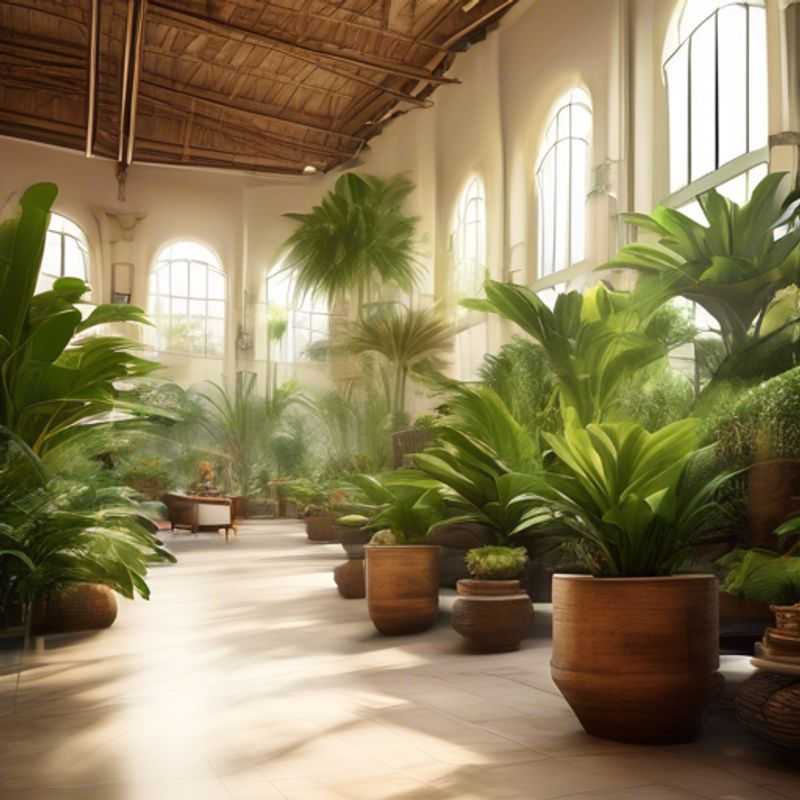
Top Things to Know Before Buying Your Next Large Indoor Plant: A Guide for Green Thumbs
Ah, the allure of a large indoor plant! They bring life, vibrancy, and a touch of the wild into our homes. But before you embark on this green adventure, there are a few crucial factors to consider to ensure both you and your leafy friend thrive.
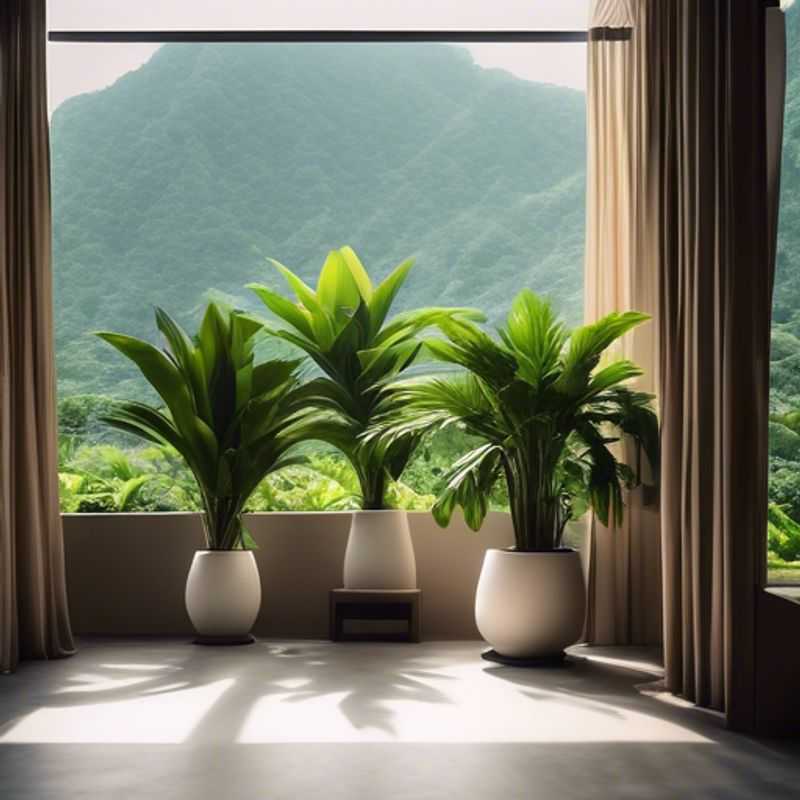
Measure Twice, Plant Once: Ensuring Your Green Friend Fits Perfectly
When planning to introduce a new plant into your home, it is crucial to measure the available space to ensure a proper fit. Start by identifying the area where you intend to place the plant, considering both the height and width of the chosen species. Take a tape measure and record the dimensions of the space, ensuring you account for any furniture or fixtures that may obstruct growth or accessibility.
Additionally, consider the light requirements of the plant. Different plants have varying needs for sunlight, so you must ensure the designated space receives adequate light throughout the day. If necessary, you might invest in grow lights for areas with insufficient natural light.
Furthermore, think about the pot size that will accommodate your plant. A larger pot may require more space, while a smaller one might fit into tighter areas. Remember to leave room for watering and maintenance activities, as plants need regular care to thrive.
Lastly, if you are purchasing furniture or decorative items to complement your plant, include those costs in your planning. This will give you a more accurate picture of the overall investment required for your plant's successful integration into your home.
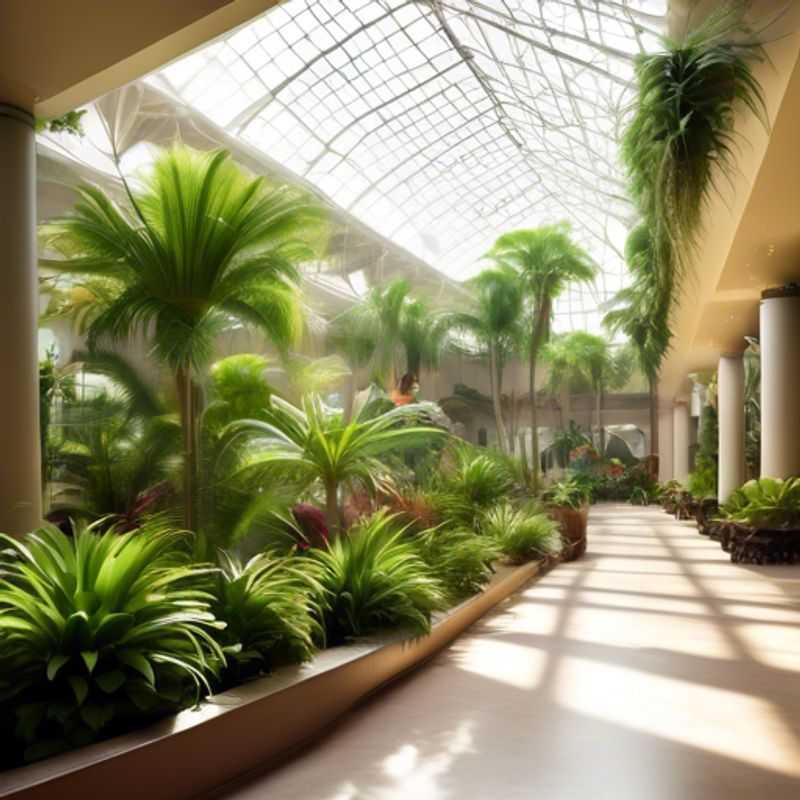
Bringing the Outdoors In: Lighting, Watering, and Caring for Large Indoor Plants
Bringing the outdoors in with large indoor plants can enhance your home's ambiance and purify the air. But to ensure their thrive, you need to understand their needs. Let's delve into the essential requirements for their care, starting with light.
Light is crucial. Most large indoor plants prefer bright, indirect light. Avoid placing them in direct sunlight, as it can scorch their leaves. Experiment with different locations to find the perfect balance.
Watering is another key aspect. Overwatering is a common mistake. To determine when to water, stick your finger a few inches into the soil. If it feels dry, it's time to water. Water thoroughly until excess water drains out, but avoid letting the plant sit in water.
Care involves regular maintenance. Dust leaves periodically to allow them to photosynthesize properly. Consider fertilizing during the growing season (spring and summer). Pruning can encourage bushier growth and remove any dead or damaged leaves.
Remember, each plant has its unique needs. Research your specific plant to understand its preferred conditions. Don't hesitate to ask for help from gardening professionals. Happy gardening!
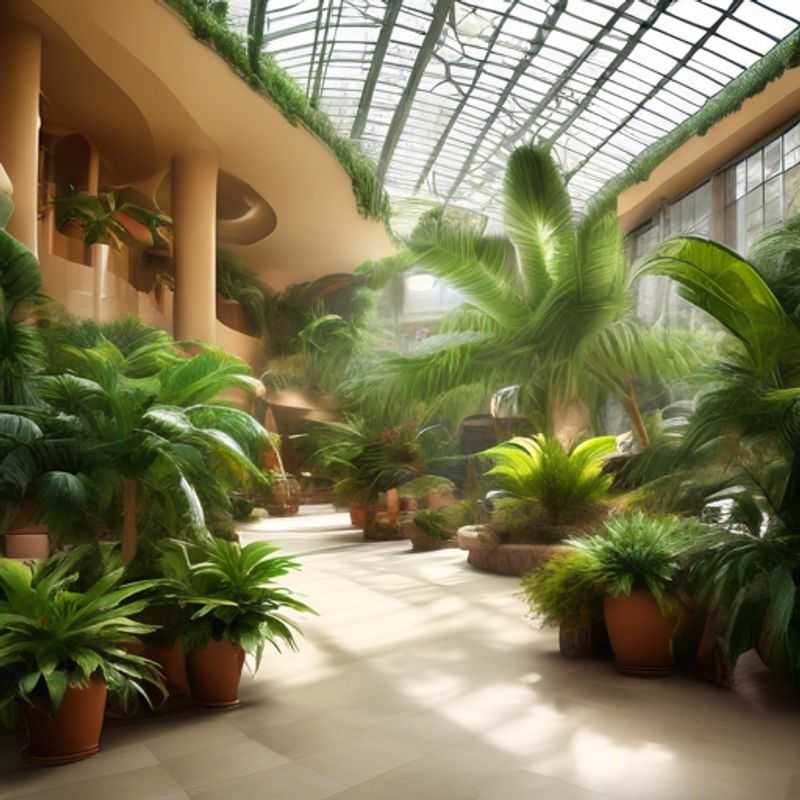
Heavy Lifting: Choosing the Right Plant for Your Floor
It's crucial to consider the weight of a plant, especially large ones, before placing them on your floor. The weight can vary significantly depending on the size and type of plant, the pot it's in, and the amount of soil it contains.
Ensure your floors can support the weight: A heavy plant can put stress on your floors, particularly if they are older or made of delicate materials like hardwood. It's wise to check the weight capacity of your floor, which is usually determined by the type of construction and the age of the flooring. If you are unsure, a professional contractor can provide an assessment.
Consider the consequences of exceeding the weight limit: Placing a heavy plant on a floor that cannot support it can lead to various issues, including floor sagging, cracks, or even structural damage. This can result in costly repairs and could affect the safety of your home.
Prioritize safety: While the aesthetic appeal of a large plant is undeniable, prioritize the safety of your home and your loved ones. If you have concerns about the weight of a plant, choose a smaller option or select a more robust location that can handle the weight.
Professional advice: If you have doubts about the weight capacity of your floors, consulting a structural engineer or a contractor is always a good idea. They can provide expert advice and ensure that your floors can safely handle the weight of your plants.
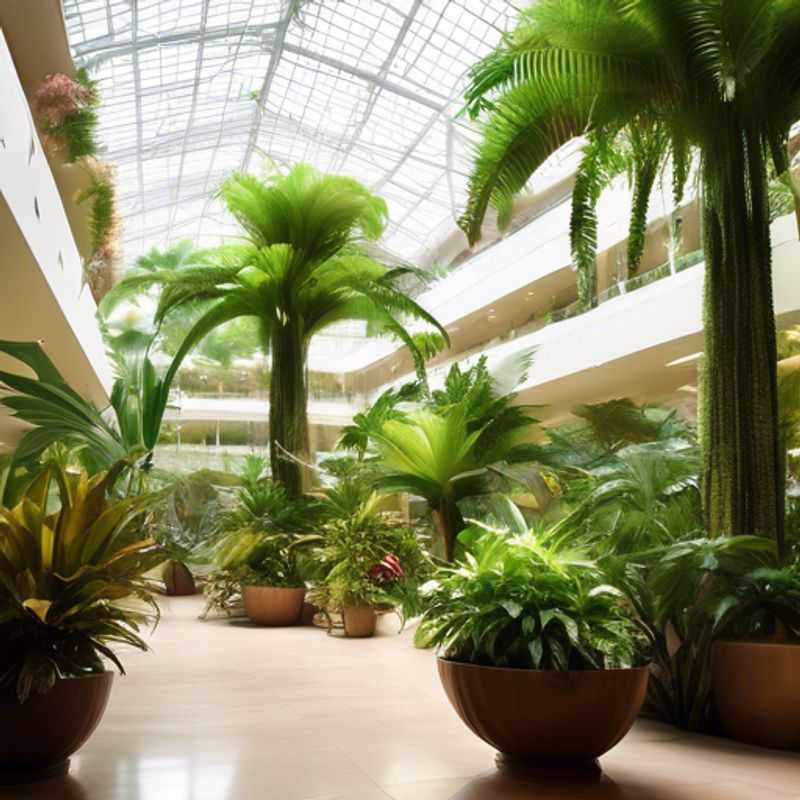
Indoor Oasis: Choosing Plants That Thrive Indoors
Bringing nature indoors can enhance your well-being and create a more inviting atmosphere. When choosing indoor plants, consider the light conditions in your home. Plants require different amounts of light to thrive. Identify your home's lighting - from bright, direct sunlight to low-light conditions.
Popular low-light indoor plants include: Snake plants (Sansevieria), ZZ plants (Zamioculcas zamiifolia), Pothos (Epipremnum aureum), Peace lilies (Spathiphyllum), and Cast iron plants (Aspidistra elatior).
For brighter spaces, consider: Spider plants (Chlorophytum comosum), Lucky bamboo (Dracaena sanderiana), and Peace lilies (Spathiphyllum). To determine the ideal location for your plants, consider their light requirements.
Be mindful of the water needs. Overwatering can harm plants. Learn about your plants' water requirements, and adjust watering based on the season. During the winter, they need less water than in the summer. Allow the top inch of soil to dry out before watering again.
To ensure the health of your plants, monitor for pests and diseases. Inspect leaves regularly, and promptly address any issues. Regularly repot your plants, and use the appropriate potting mix. Keep the potting mix moist, not soaked. Repotting allows the roots to spread and the plant to grow.
Investing in indoor plantscan be a rewarding experience. Choosing plants suitable for your home's light conditions, understanding their watering needs, and providing proper carewill ensure their healthy growth and beauty.

Green Thumbs & Style: Choosing Plants That Match Your Decor
Choosing the right plant for your home can be a rewarding experience. The first step is to consider your personal style and decor preferences. Do you gravitate towards minimalist designs, eclectic vibes, or perhaps a touch of bohemian flair?
If you adore the minimalist aesthetic, consider plants with clean lines and simple forms. Snake plants, ZZ plants, and succulents are excellent choices. Their low-maintenance nature aligns perfectly with the minimalist philosophy.
For a touch of bohemian charm, explore plants with cascading foliage or unique textures. Pothos, spider plants, and ferns create a sense of relaxed, carefree elegance. These plants can be hung from macrame hangers, adding a whimsical touch to your space.
If you appreciate eclectic style, mix and match different plants to create a vibrant, personality-filled atmosphere. Consider incorporating plants with contrasting colors, shapes, and textures. A large fiddle leaf fig, a trailing English ivy, and a compact cactus can create a captivating visual narrative.
Remember that plants are living beings that thrive in specific environments. Research the light requirements, watering needs, and potential growth habits of your chosen plants before bringing them home. This will help ensure their long-term health and beauty in your space.
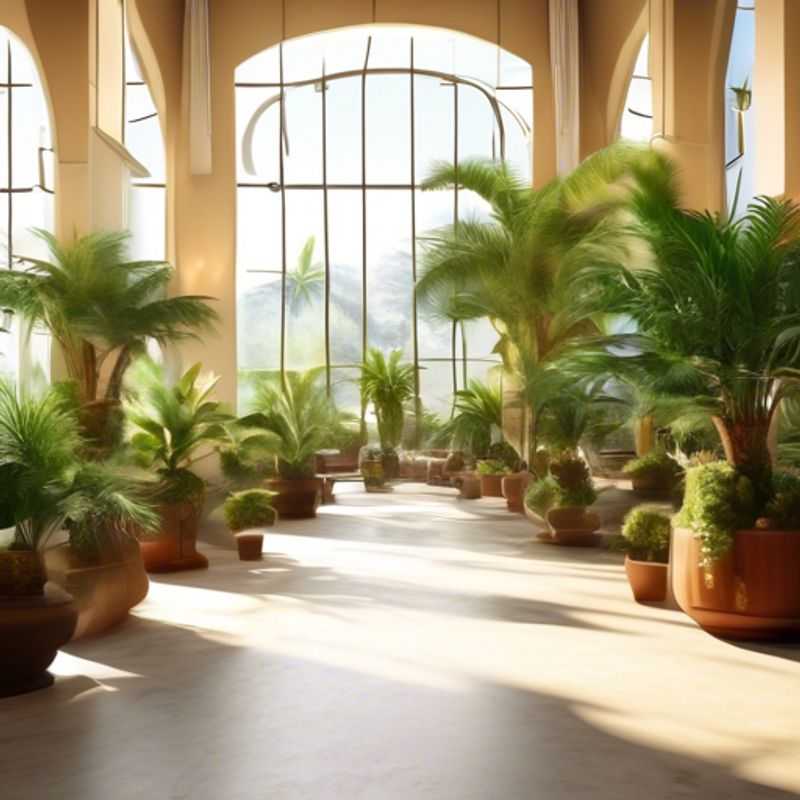
Potting Up: Choosing the Right Planter for Your Plant's Success
Investing in a sturdy, appropriately sized planter or pot is crucial for the health and well-being of your plant. It provides a stable foundation and allows for proper drainage. The size of the pot is paramount as it affects the amount of soil available for the plant's roots. Choose a pot that is slightly larger than the plant's root ball, allowing for future growth.
Consider these tips when selecting a planter:
  * Materials: Pots come in various materials such as terracotta, ceramic, plastic, and metal. Terracotta pots are porous, allowing for good air circulation but can dry out quickly. Ceramic pots offer excellent drainage and are aesthetically pleasing. Plastic pots are lightweight and affordable, while metal pots offer durability and modern appeal.
  * Drainage: A planter with drainage holes is essential to prevent overwatering and root rot. Ensure the drainage holes are unobstructed to allow excess water to escape.
  * Style: Choose a planter that complements your plant's aesthetic and the overall design of your space.
Remember, the right planter is an investment in the long-term health and beauty of your plant.
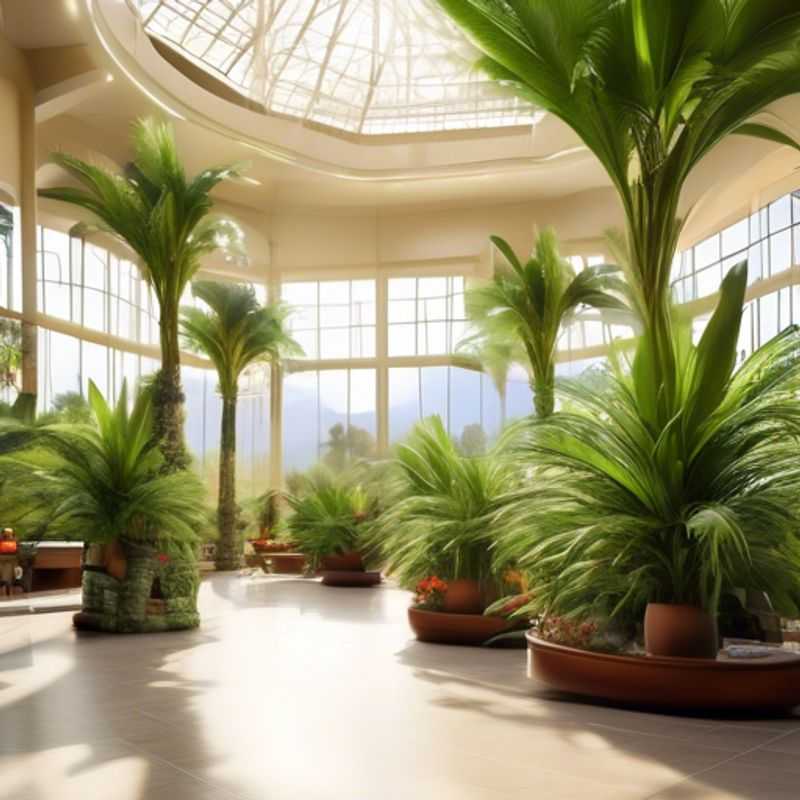
Plant Parenthood: The Essential Guide to Care and Maintenance
Caring for a plant involves understanding its needs and providing the right environment. Watering is crucial, and the frequency depends on the plant type and its growing conditions. Overwatering can be detrimental, so it's important to let the soil dry slightly between waterings. Sunlight is another essential factor. Most plants thrive in bright, indirect light, while others prefer shade. It's vital to understand the specific light requirements of your plant. Regularly inspecting your plant for signs of pests or diseases is important for early intervention and prevention. Fertilizing can be beneficial, but it's crucial to follow the instructions on the fertilizer packaging, as overfertilization can harm the plant. You might also need to repot your plant as it grows, providing it with adequate space for its roots.
Keep in mind that the specific care requirements for your plant may vary depending on its species, age, and growing conditions. Always research the specific needs of your plant and adjust your care routine accordingly.
